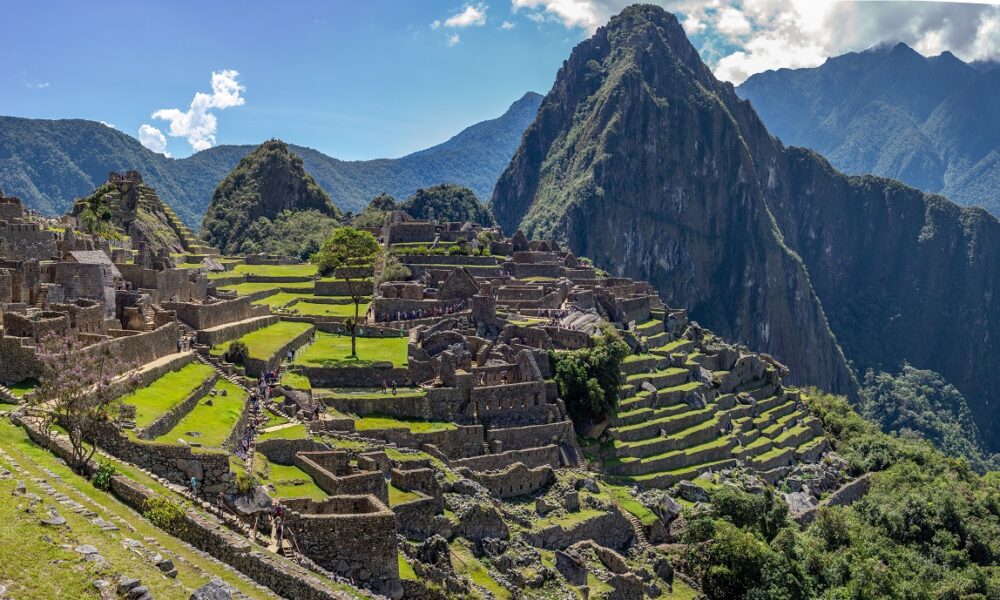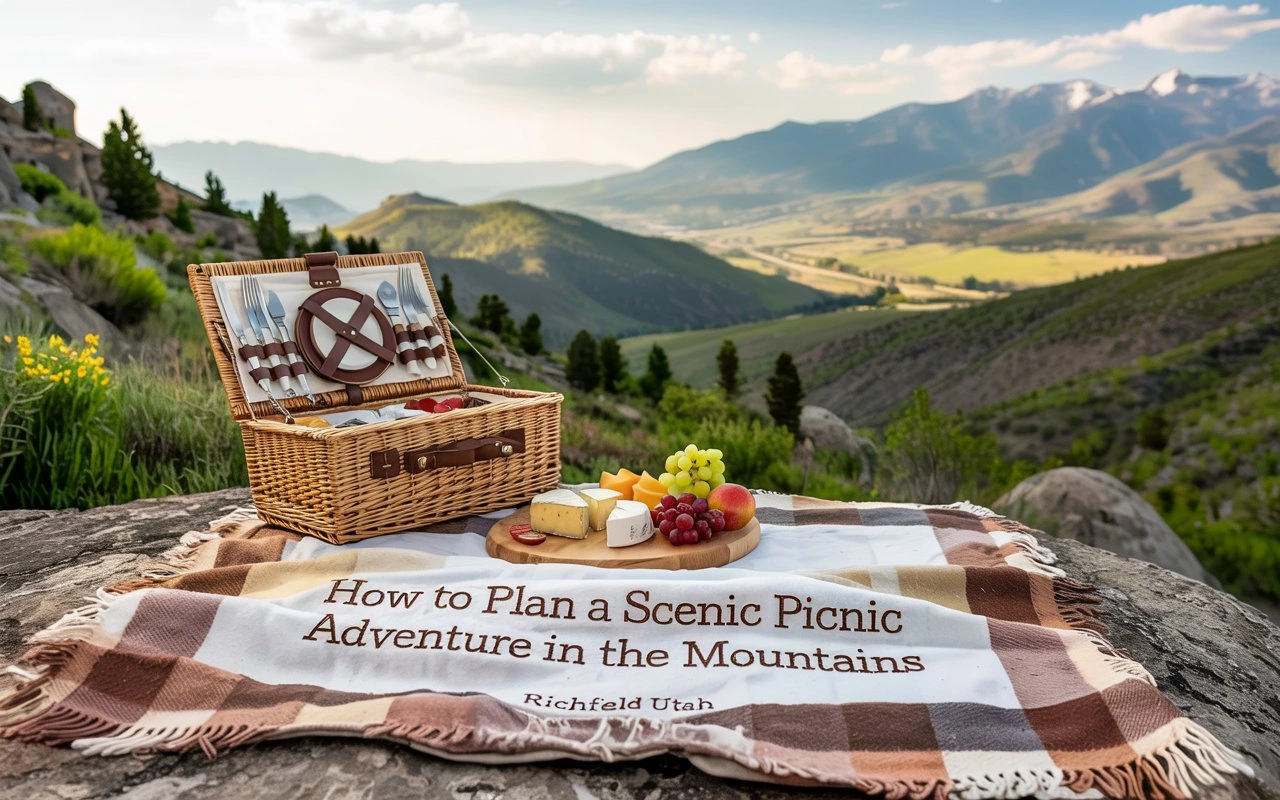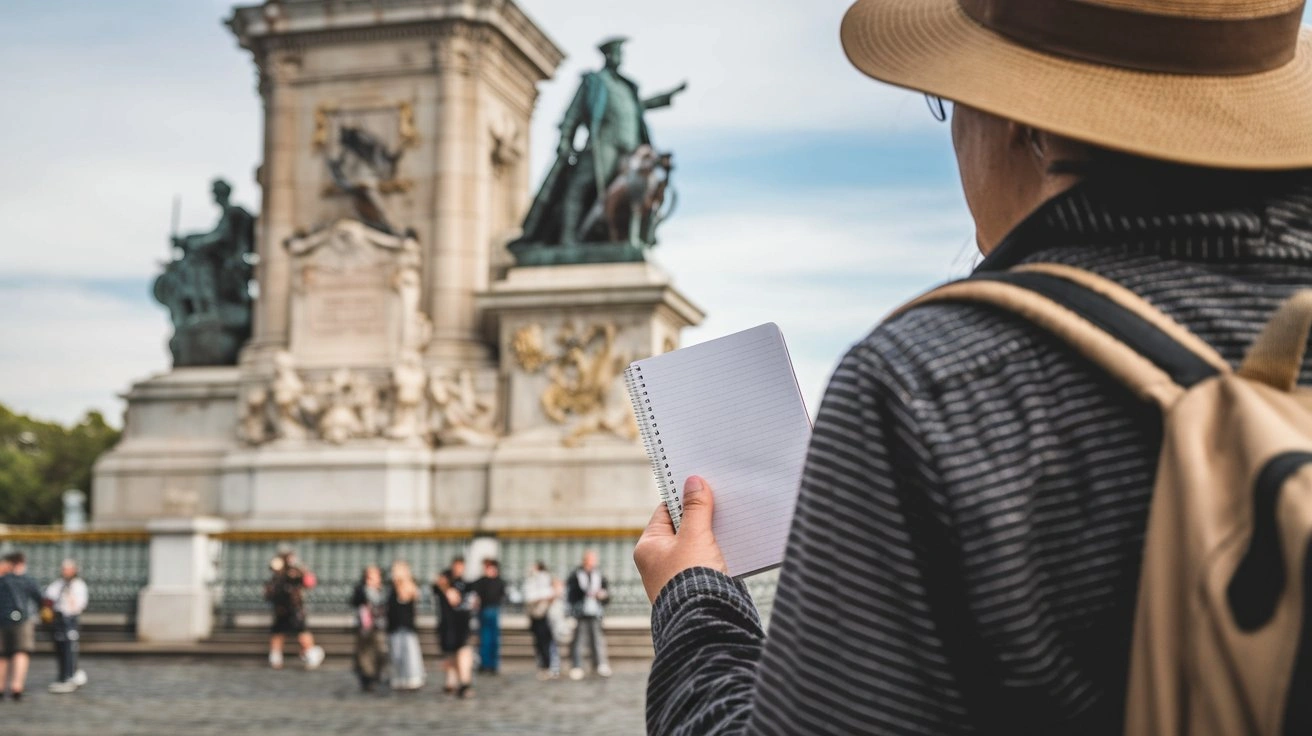Perched high in the Andes Mountains of Peru, Machu Picchu is an enigmatic wonder that continues to captivate the imagination of travelers from around the world. This ancient Incan citadel, shrouded in mystery, offers an unparalleled glimpse into the rich history and architectural brilliance of a civilization long gone. Beyond its awe-inspiring beauty and intricate stone structures, Machu Picchu holds a number of secrets waiting to be discovered. If you’re planning a visit to this remarkable UNESCO World Heritage Site, you’ll want to delve deeper into the hidden stories that make it even more fascinating. And what better way to embark on this remarkable journey than with Peru vacation packages that encompass the wonders of Machu Picchu? Let’s explore the top six secrets that lie within the walls of this extraordinary archaeological site.
1. The Lost City of the Incas:
Machu Picchu remained hidden from the outside world for centuries, serving as a secluded retreat for Incan rulers. It was only in 1911 that Hiram Bingham, an American explorer, stumbled upon its ruins. Since then, the citadel has become an emblem of the Incan civilization and a testament to their advanced engineering and architectural skills.
2. The Intihuatana Stone:
One of the most intriguing features of Machu Picchu is the Intihuatana Stone, which is believed to have served as a solar clock or calendar. This granite rock was carefully carved to align with the movements of the sun, casting a shadow that marked the changing seasons. The Incas revered the sun as their highest deity, and this stone played a crucial role in their spiritual practices.
3. The Temple of the Condor:
Nestled within the citadel is the Temple of the Condor, a sacred space that pays homage to the Andean condor, a symbol of power and spirituality in Incan culture. The temple’s rock formations resemble the outstretched wings of a condor in flight, further highlighting the Incas’ deep connection with the natural world.
4. The Agricultural Terraces:
Machu Picchu’s terraced fields, known as “andenes,” are a testament to the advanced agricultural techniques employed by the Incas. These terraces were ingeniously designed to optimize water drainage and soil fertility, allowing the cultivation of a variety of crops at different altitudes. The agricultural prowess of the Incas played a crucial role in sustaining their civilization.
5. The Incan Trail:
While Machu Picchu is undoubtedly the crown jewel, the surrounding region offers an extensive network of trails that were once part of the Incan road system. The most famous among them is the Incan Trail, a 26-mile trek that winds through breathtaking Andean landscapes, dense cloud forests, and ancient ruins, culminating in the grand entrance to Machu Picchu.
6. The Sacred Rock:
At the heart of Machu Picchu lies the Sacred Rock, a massive granite boulder that stands as a testament to the Incas’ spiritual beliefs. This rock is said to have been a focal point for religious ceremonies and rituals, serving as a conduit between the natural and spiritual realms.
Machu Picchu, with its ethereal beauty and rich historical significance, continues to amaze and inspire travelers. Beyond its well-known attractions, the secrets hidden within its ancient walls add an extra layer of intrigue and wonder. From the enigmatic Intihuatana Stone to the awe-inspiring Temple of the Condor, each discovery unravels a piece of the Incan civilization’s intricate tapestry. So, when planning your Peru vacation packages, make sure to include a visit to Machu Picchu and embark on an unforgettable journey through time and history. Prepare to be astounded by the secrets that lie within this UNESCO World Heritage Site, and let the mysteries of Machu Picchu captivate your soul.











